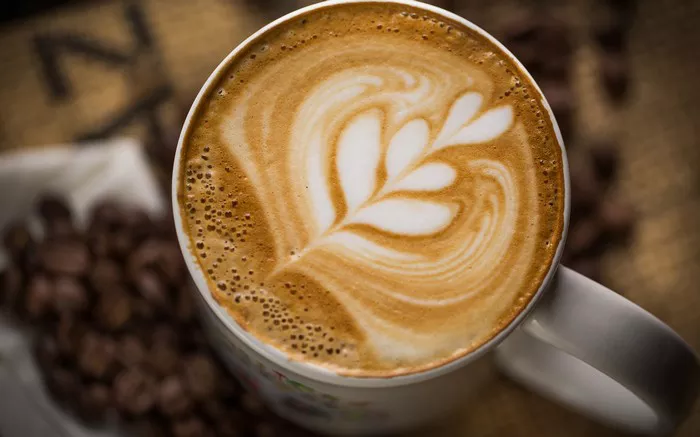In the realm of coffee, there’s a crucial step that transforms raw green beans into the aromatic, flavorful beverage enjoyed by millions worldwide: roasting. This pivotal process is not merely a matter of heating beans, but a carefully orchestrated dance of temperature, time, and technique that unlocks the rich flavors and enticing aromas latent within coffee beans. Understanding why coffee beans need to be roasted is fundamental to appreciating the complexity and depth of this beloved beverage.
The Nature of Raw Coffee Beans
Before delving into the intricacies of roasting, it’s essential to grasp the nature of raw coffee beans. Green coffee beans, as they’re known in their unroasted state, are quite different from the brown, aromatic beans commonly associated with coffee. Green beans possess a grassy, vegetal aroma and lack the flavor profile that characterizes roasted coffee. They are dense, hard, and relatively tasteless, with none of the nuances that develop during the roasting process.
Green coffee beans contain a multitude of chemical compounds, including carbohydrates, lipids, proteins, and acids, as well as caffeine and numerous volatile aromatic compounds. However, these constituents remain largely inert until subjected to the transformative effects of roasting.
The Transformation of Roasting
Roasting is a transformative process that fundamentally alters the chemical composition of coffee beans, resulting in the development of flavor, aroma, and color. The key to this transformation lies in the application of heat over a specific duration, during which a series of complex chemical reactions occur within the beans.
One of the primary reactions that takes place during roasting is the Maillard reaction, named after the French chemist Louis-Camille Maillard, who first described it in the early 20th century. This reaction occurs between amino acids and reducing sugars present in the coffee beans when exposed to heat, leading to the formation of a vast array of flavor compounds responsible for the rich, caramelized notes characteristic of roasted coffee.
Additionally, roasting causes the breakdown of complex carbohydrates within the beans, resulting in the formation of simpler sugars that contribute to sweetness and body. Simultaneously, volatile compounds such as pyrazines, thiols, and furans develop, imparting the diverse aromas that tantalize the senses upon brewing a freshly roasted cup of coffee.
The Impact of Temperature and Time
Achieving the desired flavor profile in roasted coffee requires careful control of temperature and time during the roasting process. Roasters employ a range of techniques and equipment to manipulate these variables, from traditional drum roasters to modern fluid bed roasters, each offering unique advantages and challenges.
Temperature plays a critical role in determining the rate of chemical reactions during roasting. Higher temperatures accelerate reactions, leading to more rapid development of flavors but also increasing the risk of scorching or uneven roasting. Conversely, lower temperatures result in a slower, more gradual transformation, allowing for greater control over the final outcome.
Time is equally important, as prolonged exposure to heat can lead to over-roasting, causing bitterness and a loss of delicate flavors. Conversely, insufficient roasting may result in underdeveloped beans lacking in complexity and depth. Finding the optimal balance between temperature and time is the hallmark of a skilled roaster and is essential for consistently producing high-quality coffee.
Unlocking Flavor Profiles
One of the most intriguing aspects of coffee roasting is the ability to influence the flavor profile of the final product through careful manipulation of roasting parameters. Roasters can adjust variables such as temperature, time, and airflow to highlight specific characteristics inherent in different coffee varieties.
For example, a light roast emphasizes the inherent brightness and acidity of certain coffees, allowing delicate floral and fruity notes to shine through. In contrast, a dark roast brings out deep, smoky flavors with pronounced bitterness, ideal for those who prefer a bold, robust cup.
Medium roasts strike a balance between light and dark, offering a versatile option that preserves the nuanced flavors of the beans while still imparting depth and complexity. By tailoring the roasting process to suit the unique qualities of each coffee varietal, roasters can showcase the diversity and richness of the coffee world.


